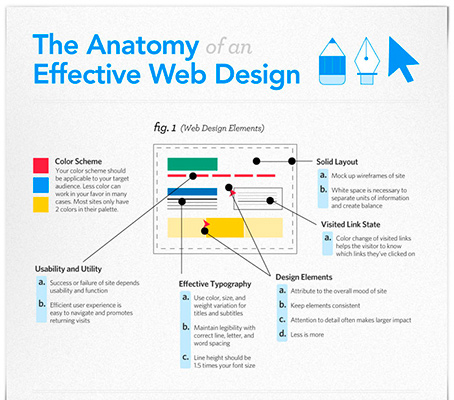Eager To Find Exactly How Website Style Has Changed Gradually? Dive Into The Advancement From Simpleness To User-Focused Experiences
Eager To Find Exactly How Website Style Has Changed Gradually? Dive Into The Advancement From Simpleness To User-Focused Experiences
Blog Article
Content Writer-Bradshaw Trolle
In the past, websites were simple and focused on info. Navigation was straight, and style was for desktop computers. Currently, user experience is key. Data guides layouts for simple navigating. Responsive designs fit different tools. Today, dark setting lowers strain, and minimalist menus boost navigating. Interactive attributes engage customers, and bold visuals stick out. AI combination enhances interaction. See exactly how layout has progressed to enhance your online journey.
Very Early Days of Web Design
In the early days of website design, simplicity preponderated. Sites were basic, with minimal shades, fonts, and formats. The emphasis was on giving details rather than fancy visuals. Customers accessed the internet with slow-moving dial-up connections, so speed and capability were vital.
Navigating food selections were straightforward, commonly situated at the top or side of the page. Sites were designed for desktop computers, as mobile surfing had not been yet widespread. Web content was king, and designers prioritized simple readability over intricate style aspects.
HTML was the key coding language made use of, and designers had to work within its restraints. Animations and interactive attributes were marginal contrasted to today's criteria. Sites were fixed, with little vibrant web content or personalized individual experiences.
Surge of User-Focused Style
With the development of web site style, a change in the direction of user-focused layout principles has come to be progressively noticeable. Today, developing sites that focus on customer experience is vital for involving site visitors and achieving business objectives. User-focused style involves recognizing the needs, choices, and habits of your target audience to tailor the internet site's design, material, and features as necessary.
Designers now conduct detailed research study, such as user studies and usability screening, to gather understandings and responses directly from users. you could try here -driven method helps in developing user-friendly navigation, clear calls-to-action, and aesthetically appealing user interfaces that resonate with visitors. By putting the customer at the facility of the design process, internet sites can supply a more personalized and pleasurable experience.
Receptive layout has actually also emerged as a key aspect of user-focused style, guaranteeing that internet sites are enhanced for numerous tools and screen dimensions. This flexibility improves availability and functionality, dealing with the diverse ways individuals communicate with websites today. In essence, the increase of user-focused design represents a shift in the direction of creating digital experiences that focus on the demands and assumptions of the end customer.
Modern Trends in Website Design
Discover the most up to date fads shaping website design today. One famous fad is dark mode design, supplying a sleek and contemporary look while decreasing eye pressure in low-light atmospheres. Another key pattern is minimalist navigating, streamlining menus and improving user experience by focusing on essential elements. Including micro-interactions, such as animated switches or scrolling impacts, can create a more appealing and interactive site. Responsive layout remains essential, making sure smooth individual experiences throughout various gadgets. Additionally, making use of vibrant typography and asymmetrical designs can add aesthetic interest and draw attention to certain web content.
Incorporating AI technology, like chatbots for consumer assistance or customized suggestions, boosts customer interaction and simplifies processes. Accessibility has additionally end up being a considerable pattern, with developers prioritizing comprehensive layout practices to satisfy varied individual needs. Embracing sustainability by enhancing internet site efficiency for speed and efficiency is one more emerging pattern in web design. Collaborating with customer comments and data analytics to iterate and boost design continuously is necessary for staying appropriate in the ever-evolving digital landscape. By welcoming these contemporary patterns, you can create a visually enticing, user-friendly internet site that resonates with your audience.
Conclusion
As you review the development of website design from the early days to currently, you can see exactly how user-focused style has actually become the driving pressure behind contemporary fads.
Accept the trip of adjustment and adjustment in website design, constantly keeping the customer experience at the leading edge.
Tippingpointdigital
Keep current with the current fads and modern technologies, and never stop evolving your technique to develop aesthetically stunning and straightforward websites.
Advance, adapt, and produce - the future of web design is in your hands.
